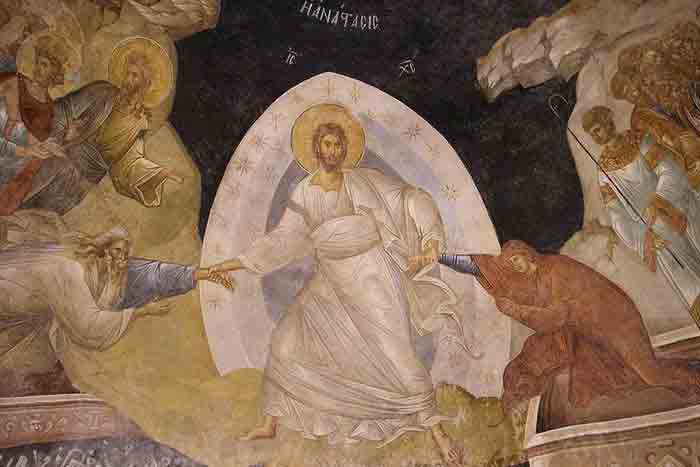Western Frontiers and Client Kingdoms
Mithradates II faced challenges on the western frontiers, quelling rebellions in Iraq and Charax. He appointed Tigranes as the vassal king of Armenia and captured Seleucid king Demetrius III. In the east, Mithradates successfully redirected Saka raiders into India. The nearby Surens, or Indo-Parthians, became a client kingdom in southeastern Iran and Pakistan, while others established friendly states in India. The Parthian empire, characterized by loose organization, employed native satellite rulers near the borders rather than direct governance Mithradates II and the Flourishing Parthian Empire.
Military Reforms and New Army
Not forgetting the betrayal by Greek mercenaries, Mithradates II enhanced the army to reduce dependence on their services. While cavalry remained the primary force, Mithradates mandated landowners to provide peasants for infantry units. These infantry units were summoned for garrison duty and missions in challenging terrain. Recognizing the prowess of Central Asian nomads, Mithradates introduced heavy cavalry as shock troops. These troops, equipped with lances and chainmail armor, rode the largest available horses. Although the new army was costly, had a provincial mindset, and lacked the Greek training, it embodied Parthian strength.
Encounter with Rome and Long-lasting Misunderstanding
In 92 B.C., Roman general Sulla advanced to the Euphrates River Tour Bulgaria, prompting Mithradates to send an ambassador offering friendship. Sulla misunderstood this gesture as submission, leading to an agreement on Armenia. However, the ambassador’s mistreatment prompted Mithradates to execute him, resulting in seven centuries of strained east-west relations due to this initial Roman-Parthian misunderstanding.








